Smart Watches & Fitness Bands with Advanced Biometrics — Stress, Sleep, SpO₂, ECG
1. Introduction: Why Advanced Biometrics Are Changing Wearables
Wearables started as step-counters and heart rate monitors. Now, with advanced sensors and smarter algorithms, they’re becoming health companions: letting people monitor sleep quality, detect irregular heart rhythms, understand how stressed they are, know when their blood oxygen dips, all from the wrist (or band).
For many users, these features add real value: better rest, improved fitness, preventive health, early warnings. They also bring challenges: accuracy, trust, privacy. As consumer demand grows and sensor/algorithm technology improves, these advanced biometric functions are becoming standard in premium smartwatches and fitness bands.
2. Key Biometric Metrics: Definitions & Importance
Here are the most important metrics, what they measure, why they matter, and how users can interpret them.
a. Heart Rate (HR) & Heart Rate Variability (HRV)
- Heart Rate (HR): number of heartbeats per minute. Basic metric for resting heart health, exercise intensity, stress.
- Heart Rate Variability (HRV): variation in time intervals between heart beats. Higher HRV is associated with better recovery, lower stress, good parasympathetic nervous system function. Used for stress and recovery metrics.
Why it matters: HRV helps gauge how well your body is recovering, whether you’re overtraining, or under stress; resting HR trends help detect illness or overexertion.
b. ECG (Electrocardiogram)
- ECG measures the electrical activity of your heart. Wearables with ECG can detect arrhythmias like atrial fibrillation (AFib), prolonged QT intervals, etc.
Why it matters: Some cardiac events go unnoticed until serious; ECG in wearables offers potential for early detection, medical-grade alerts, better peace of mind.
c. SpO₂ (Blood Oxygen Saturation)
- Measures the percentage of oxygen in your blood. Useful especially during sleep (sleep apnea detection), high altitude, respiratory illness monitoring.
Why it matters: Low SpO₂ can indicate respiratory issues, bad sleep, or other health risks. During COVID-19, SpO₂ got more attention. For athletes, also useful for performance.
d. Sleep Tracking (Stages, Quality, Sleep Disorders)
- Sleep tracked in stages: Light, Deep, REM. Also total sleep time, awakenings, sleep consistency, sleep latency. Some watches also attempt to detect breathing disturbances or sleep apnea indicators.
Why it matters: Good sleep is foundational to health, mood, cognition, recovery. Poor sleep is linked to many chronic diseases. Wearables help people understand their sleep and make actionable changes.
e. Stress & Related Biometrics (EDA, Skin Temp, etc.)
- Stress detection often uses proxies: HRV drop, elevated resting HR, skin conductance (Electrodermal Activity, EDA), sometimes skin temperature, variable breathing.
Why it matters: Chronic stress impacts mental & physical health. Being able to see when stress is high, what triggers it, and how you recover can help with behavioral change or wellness routines.
f. Other Emerging Biometrics
- Respiratory Rate: breaths per minute; can signal illness or sleep issues.
- Skin Temperature / Core Temperature Proxies: helpful for detecting illness, recovery, women’s health cycles.
- Arterial stiffness, pulse wave velocity in some devices.
- Possibly non-invasive glucose / hydration sensors in the future.
3. How These Biometrics Are Measured: Sensors & Techniques
Understanding how sensor hardware and software combine helps you know what’s realistic and what to expect.
a. Optical Sensors (PPG etc.)
- Photoplethysmography (PPG) uses light (usually green, red, IR LEDs) shining into skin and measuring reflected light to measure blood volume changes. It’s the basis for measuring HR, HRV, SpO₂.
- Accuracy depends on sampling rate, LED quality, sensor placement, skin tone, motion, ambient light.
b. Electrical Sensors for ECG
- Electrodes (metal sensors) either embedded in watch back + side buttons etc., pairing up to form leads. When you touch a side electrode, you complete circuit to measure electrical heart activity.
- For good ECG readings: user must sit still, contact both electrodes properly, avoid noise. Some devices have CE or FDA clearance for ECG features.
c. Temperature, Skin Conductance, etc.
- Temperature sensors measure skin temp or core temp proxies; these are influenced by ambient temp, wrist insulation, etc.
- EDA / Galvanic Skin Response: measures sweat gland activity; can be signal for stress or emotional arousal.
d. Algorithms / Machine Learning & Signal-Processing
- Raw sensor data must be filtered (removing noise, motion artifacts), processed, calibrated.
- Sleep stage detection algorithms often use data not just from movement but HR, HRV, sometimes SpO₂ and respiratory rate.
- Stress detection often uses combinations of metrics and personal baseline.
e. On-device vs Cloud Processing
- On-device processing reduces latency, enhances privacy. But may have limits due to hardware, power.
- Cloud processing allows more powerful models, frequent updates, but depends on connection, raises privacy concerns.
4. Accuracy, Limitations & Trade-Offs
Even high-end devices trade off some degree of accuracy or usability for battery, cost, etc.
a. Motion / Movement Artifacts
- During exercise or rapid movement, PPG sensors often suffer distortion. ECG needs stillness for accurate reading.
b. Positioning, Fit, Skin Tone, Ambient Light
- A loose strap or skin tone difference can degrade PPG-based readings. Light leakage or ambient light can interfere.
c. Battery Life vs Sampling Rates vs Accuracy
- High sample rates, continuous monitoring of SpO₂ or high resolution data cost battery. Longer battery needs efficient sensors, optimization.
d. Sleep & SpO₂ vs Clinical Devices
- Sleep staging via wearable is approximated; polysomnography (sleep lab) is the gold standard. Some watchers may misclassify stages.
- SpO₂ readings from wearables are spot-checks or approximate; may not match medical pulse-oximeters.
e. Regulatory / Clearances
- Devices claiming medical grade readings (ECG, AFib detection, BP monitoring) often need regulatory clearance (FDA in USA, CE in Europe etc.). Not all devices, especially cheaper bands, will have them or have them enabled in all regions.
5. Current Leading Devices & Trends as of 2025
Here are some of the latest devices and what they do in terms of advanced biometric features.
- Google Pixel Watch 4: includes ECG, SpO₂, improved sleep tracking, body stress monitoring, sensors for heart health etc. Android Central+1
- Withings ScanWatch 2: updated algorithms for sleep, improved respiratory / sleep stage monitoring, predictive health features, very strong battery life. The Verge
- Huawei Watch 5: new side / fingertip sensors (multi-sensing X-TAP) for better signal quality for ECG / SpO₂ etc. The Verge
- Garmin Venu 4: enhanced sleep analysis (alignment, consistency), health-status alerts, ECG support. Tom’s Guide
Also from broader reviews:
- Devices like Fitbit Sense 2 are strong in stress tracking (via EDA / skin temp), SpO₂, sleep tracking. Artificial Intelligence Tools Review
- Samsung’s Galaxy Watch Ultra (Android models) include ECG, SpO₂, stress, sleep, body composition sensors. Brand Vision+1
These trends show devices becoming more accurate, adding new biometric sensors, improving battery life, and delivering more useful health insights.
6. What to Look for When Choosing a Smart Watch / Band with Advanced Biometrics
If you’re shopping for a smartwatch or band, here are features and criteria to prioritize.
| Criterion | What to Check & Why |
|---|---|
| Sensor Quality & Types | Does it have ECG electrodes, what kind of PPG sensor, SpO₂ sensor, is skin temp included, any EDA sensors for stress? More sensors = more capabilities, but also cost & power demands. |
| Algorithm Reputation & Updates | How well reviewed are its sleep / ECG / SpO₂ readings? Are firmware updates common? Vendors that refine their algorithms usually improve accuracy over time. |
| Battery Life & Charging | How long does it last with “advanced biometrics” turned on continuously (SpO₂, ECG, all-day stress etc)? Does quick charging or wireless charging exist? |
| Comfort & Fit | Must be comfortable — for sleep tracking you’ll wear overnight; strap material, snug fit affect sensor readings. |
| App & Platform Ecosystem | How are the data visualized? Are insights actionable? Can you export data to Health apps, view trends, share with doctors? |
| Legal / Regional Enablement | ECG / BP features may be region-locked due to regulatory approvals; check if feature is enabled in your country. |
| Durability & Water Resistance | If you swim, shower or sweat, need waterproof rating; robust build. |
| Privacy, Data Security | How is data stored? On device, cloud? Is data encrypted? Does vendor share data? What are the privacy policies? |
| Price / Value Trade-Offs | Premium biometric features usually cost more; find balance between what you actually need and what you pay for. |
7. Use Cases: Who Benefits Most & How to Use Metrics Wisely
Understanding how these features are best used helps you get value, not just data.
a. Fitness / Exercise / Recovery
- Monitoring resting HR, HRV to guide recovery days, avoid overtraining.
- Using SpO₂ to see if your oxygen saturation dips during intense intervals or altitude training.
- Stress detection to see how workouts (or lack thereof) affect your overall stress load.
b. Sleep Improvement & Detecting Sleep Disorders
- Use sleep stage breakdowns to adjust bedtime, reduce disturbances.
- If SpO₂ drops during sleep, could be sleep apnea or breathing issues—may prompt medical consultation.
- Sleep consistency, alignment (going to bed at the same time), latency (how long to fall asleep) are actionable metrics.
c. Stress Management & Mental Health
- Learn triggers: what events or days produce high stress responses (long meetings? poor sleep?).
- HRV trends over time can show whether you are recovering well, or if chronic stress is setting in.
- Use breathing, meditation, walk breaks guided via watch.
d. Early Warning Signals
- ECG detecting AFib or irregular rhythms; helpful for users with risk factors.
- SpO₂ or respiratory rate changes could hint at respiratory illnesses, hypoxia, etc.
- Skin temperature / skin conductance changes might indicate illness onset.
e. Everyday Wellness & Lifestyle Optimization
- Using these biometrics not to obsess, but to inform: “I slept poorly, so I feel tired, so I’ll skip heavy training today.”
- Behavioral change: reducing caffeine, improving sleep hygiene, adjusting work/rest balance based on metrics.
8. Privacy, Data Protection & Ethical Issues
Advanced biometrics mean more sensitive data. Protecting user privacy is essential.
a. Where Data Is Stored (On Device / Cloud)
- On-device storage means less exposure; cloud enables more features but more risk. Know which your device uses.
- Does data leave device only as processed / aggregated data, or are raw sensor signals stored?
b. User Control & Transparency
- Ability to disable features (say you don’t want ECG or stress monitoring).
- Clear dashboards: what metrics are shown, what their meaning is. Access or deletion of data.
c. Anonymization & Regulatory Compliance
- Enforcement of laws: GDPR in Europe, HIPAA in USA, etc. How companies comply.
- For serious features (AFib detection etc.), often regulatory clearance needed; vendors should make that clear.
d. Ethical Concerns
- Risk of over-interpretation: users might self-diagnose incorrectly or worry unnecessarily.
- Stress or sleep data could be misused by insurance, employers. Need strong privacy guardrails.
e. Legal / Regulatory Considerations
- Some features are disabled in some countries (for example ECG or BP measurement) until regulatory approval is obtained.
- Always check your country’s rules before relying on biometric features for medical decisions.
9. Future Trends & What’s Next
Looking ahead, here are developments likely to shape biometric wearables in coming years.
- More efficient sensors & chipsets (lower power, more accurate) that allow continuous monitoring without much battery drain.
- More health-monitoring capabilities: non-invasive glucose, hydration, blood pressure, etc.
- Stronger AI models that can predict health events before symptoms start (e.g. risk of AFib, drop in oxygen, stress-related disorders).
- Edge-computing: more on-device processing, less need for cloud; faster responses; better privacy.
- Better sleep tracking sophistication: detecting sleep disturbances, apnea, impact of environment (noise, temperature).
- Biometrics personalized to user (baseline calibration, adjustment for skin tone, physiology) for better accuracy.
- Integration with telehealth / health providers: sharing data safely with doctors, preventive care.
10. Practical Tips: Getting Accurate Biometrics & Maximizing Value
Here are practical tips for users to get better, more reliable readings:
- Wear the device correctly: snug but comfortable, not too loose; position on wrist as recommended.
- Keep firmware updated.
- Clean sensors; ensure skin is not too dry or dirty; avoid moisture interfering.
- Use good settings: enable continuous or high-sampling when needed; disable extraneous features to save battery.
- Use proper rest days, consistent sleep schedule, minimize confounders (caffeine, alcohol) to see meaningful trends.
- Don’t rely on any one metric alone; look for trends over time rather than isolated values.
11. Conclusion
Smart watches and fitness bands with advanced biometrics — ECG, SpO₂, sleep tracking, stress measurement — have moved from luxury features to near expectations for premium devices. These metrics offer real insight and potential for healthier living, better rest, fitness optimization, and early health warnings.
But accuracy, privacy, and meaningful interpretation are key. The best devices don’t just give you data — they give useful, validated insight; they protect your privacy; and they aid behavior change without causing worry.
As sensor technology, algorithms, regulatory oversight, and wearable hardware all continue to improve, the gap between consumer wearable data and clinical-grade health monitoring will narrow. For anyone interested in health, performance, or simply living better, choosing a watch or band with strong, reliable biometrics is becoming one of the smartest wellness investments.
Share this content:
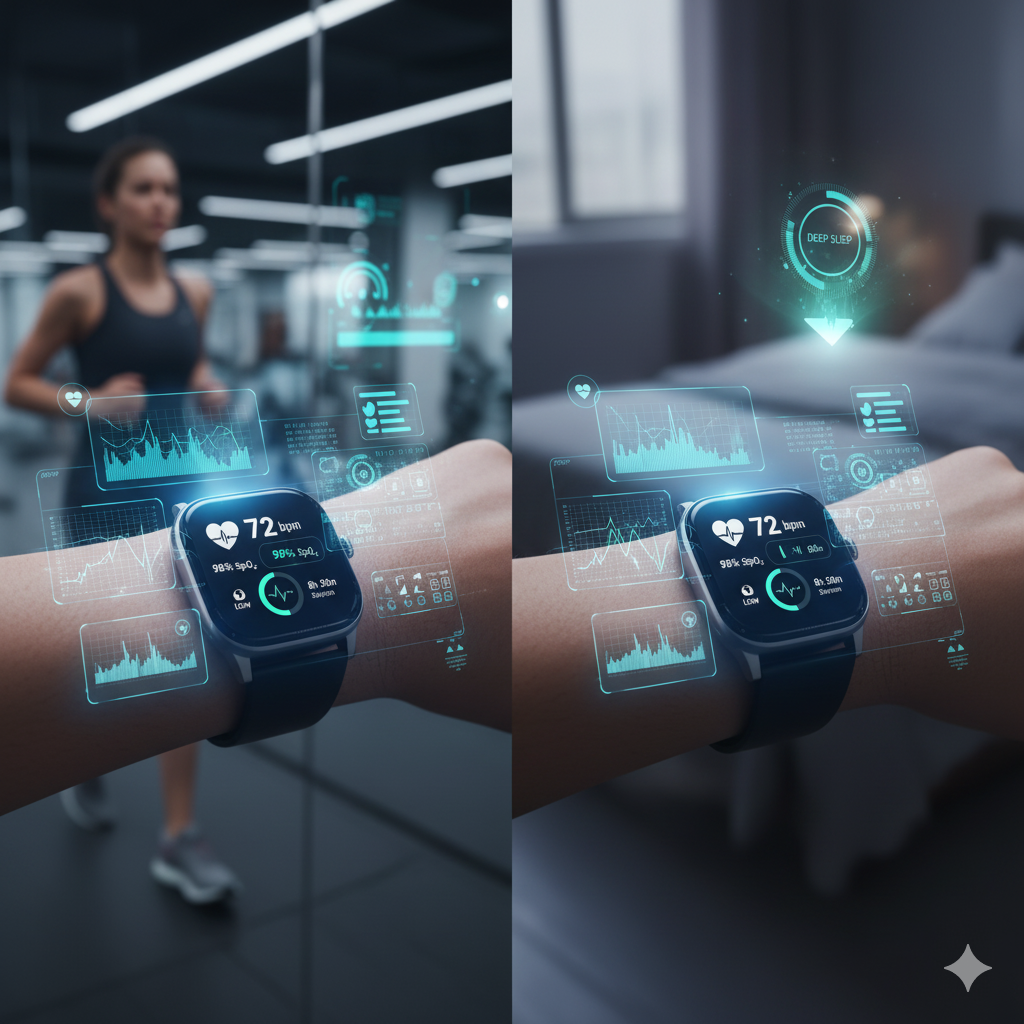

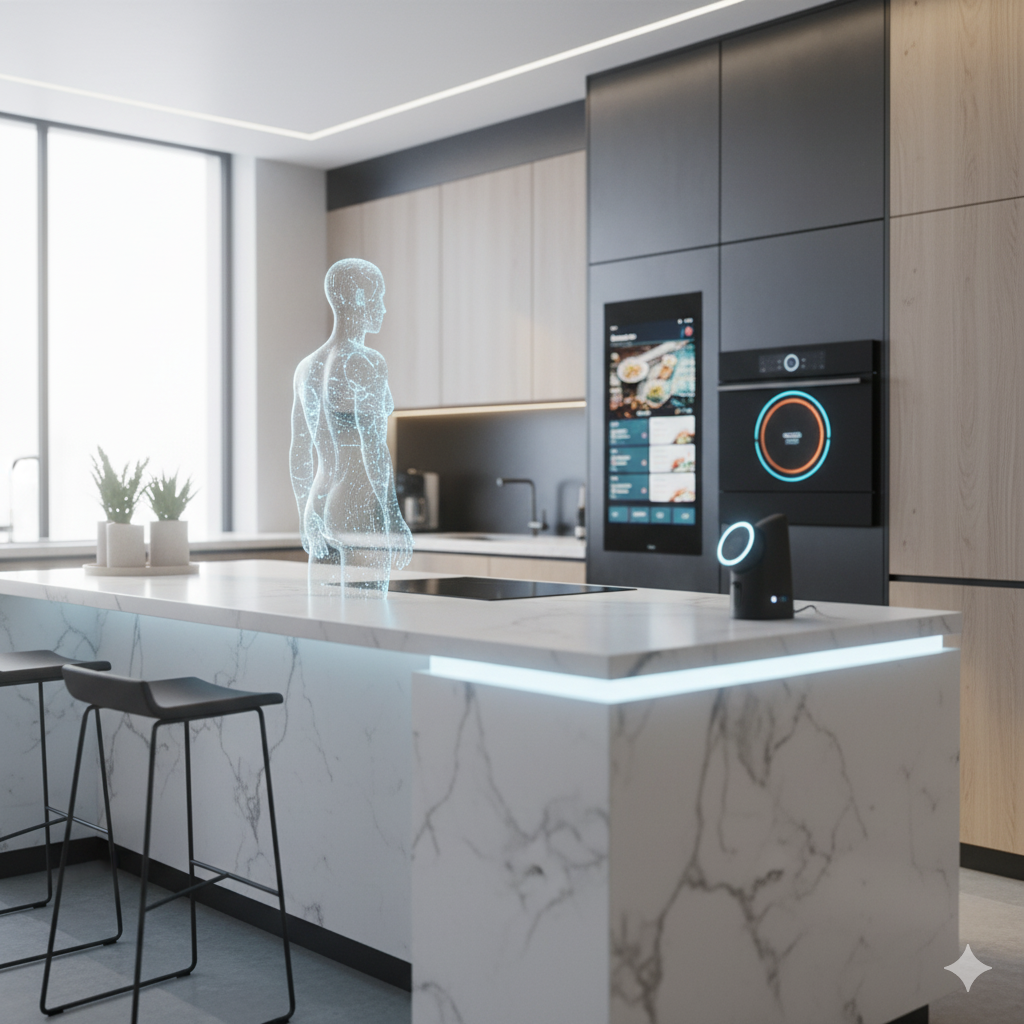
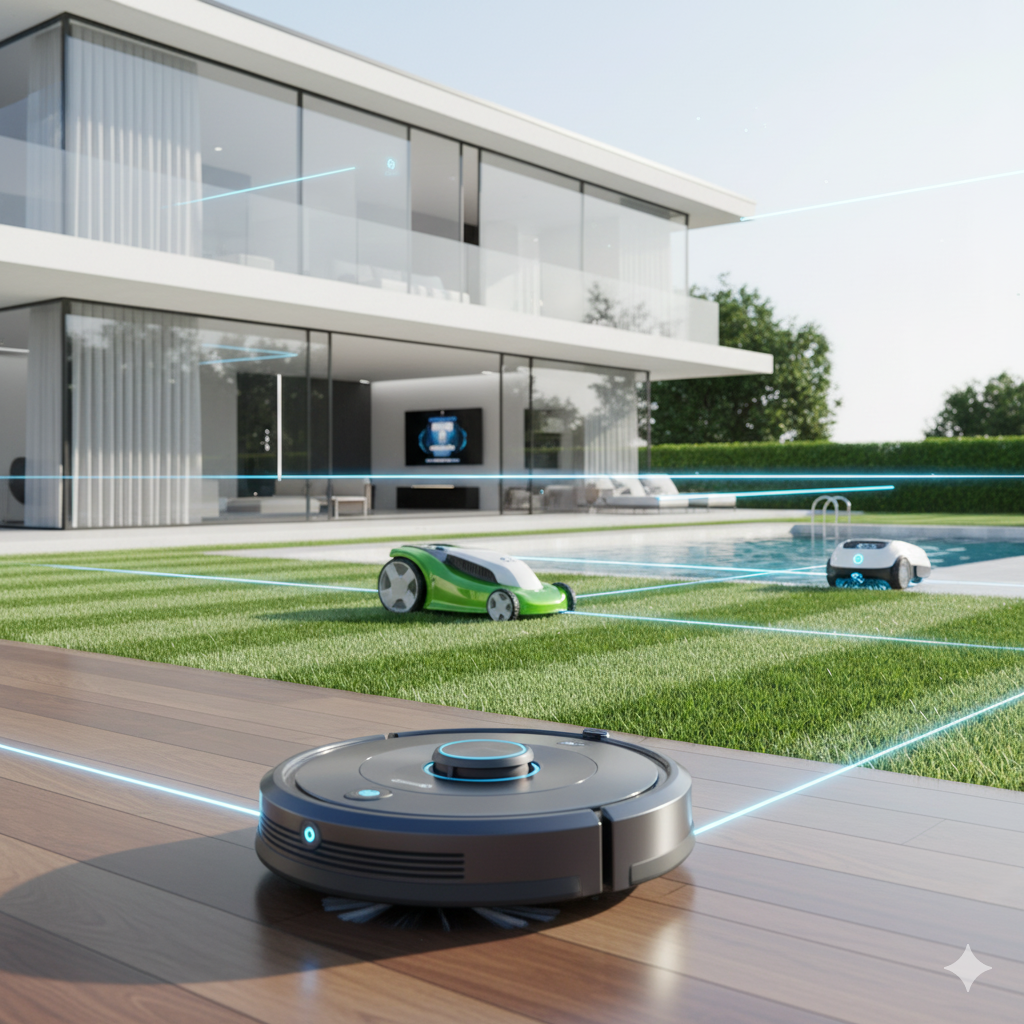

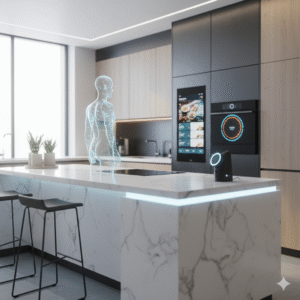
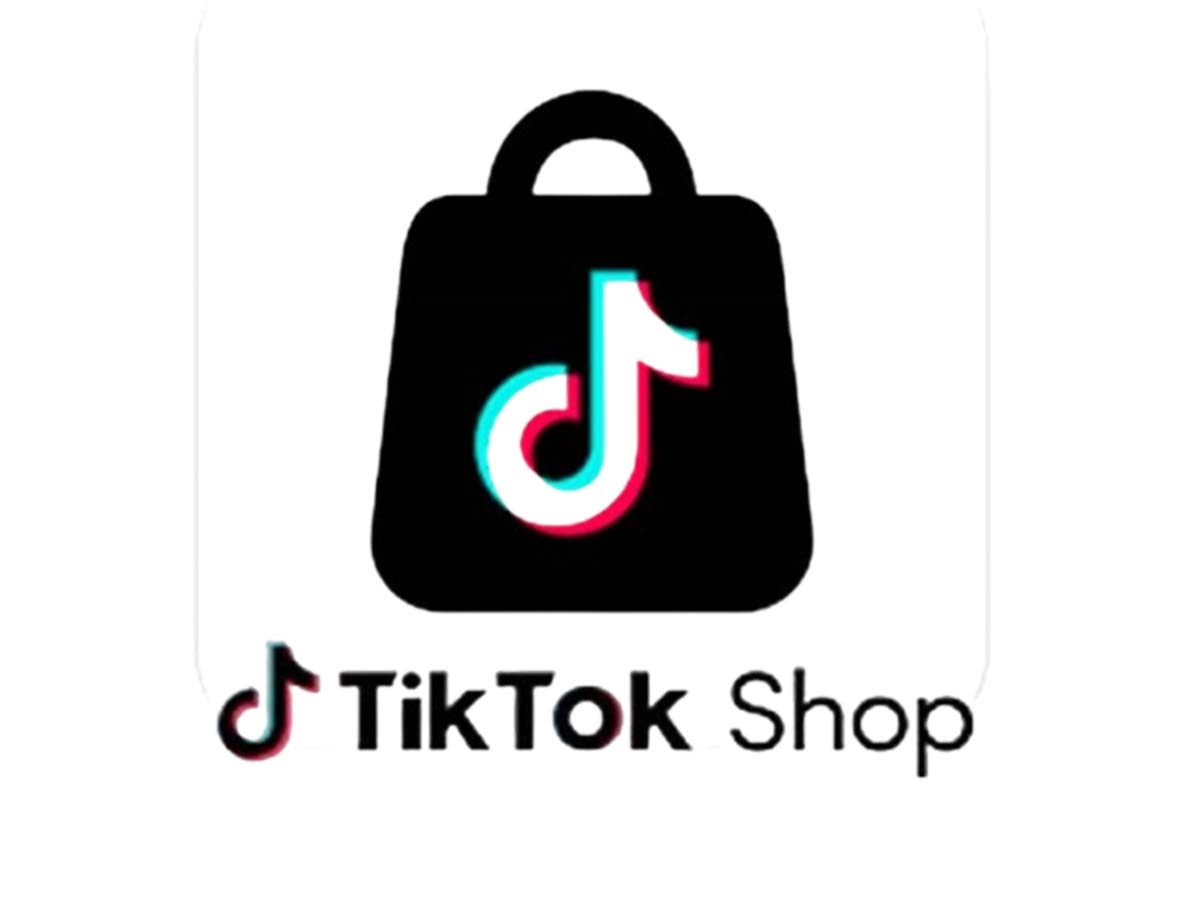
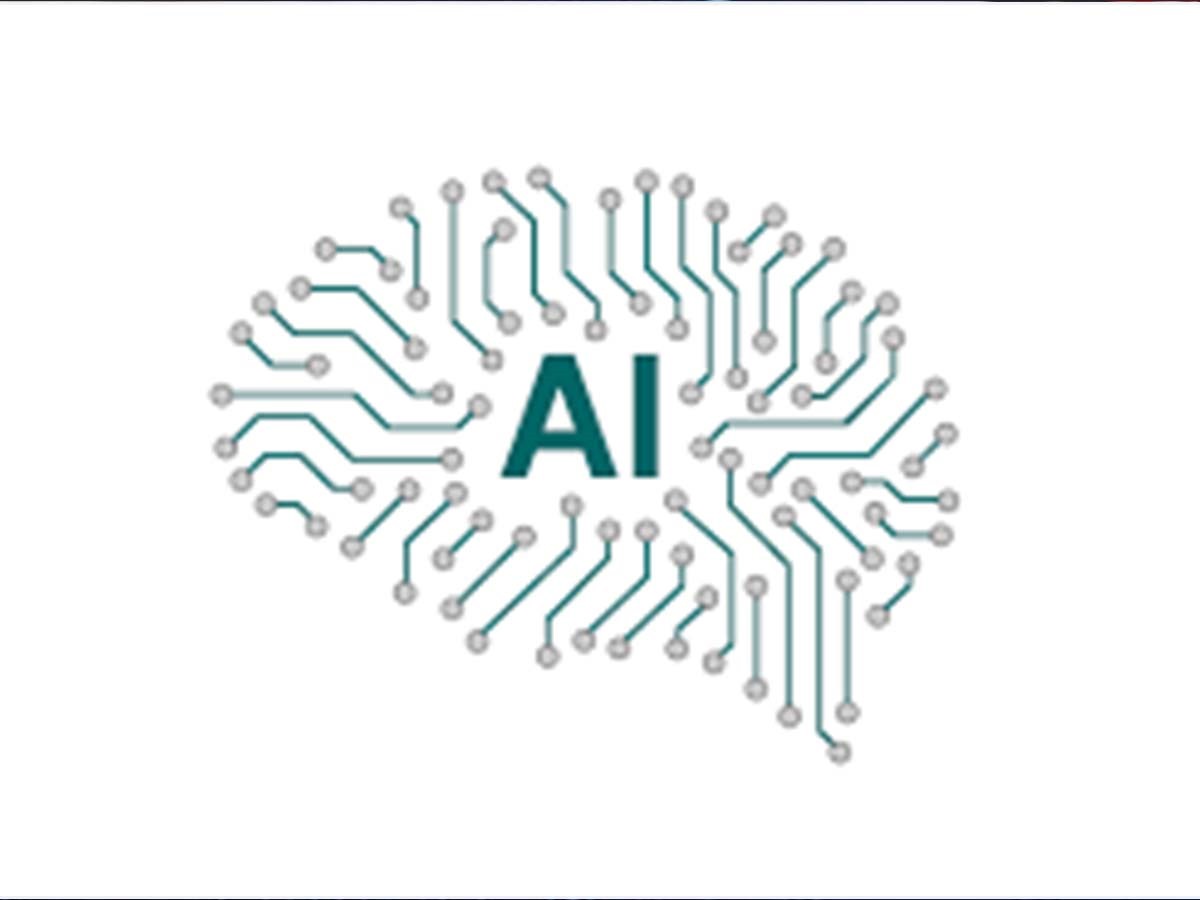
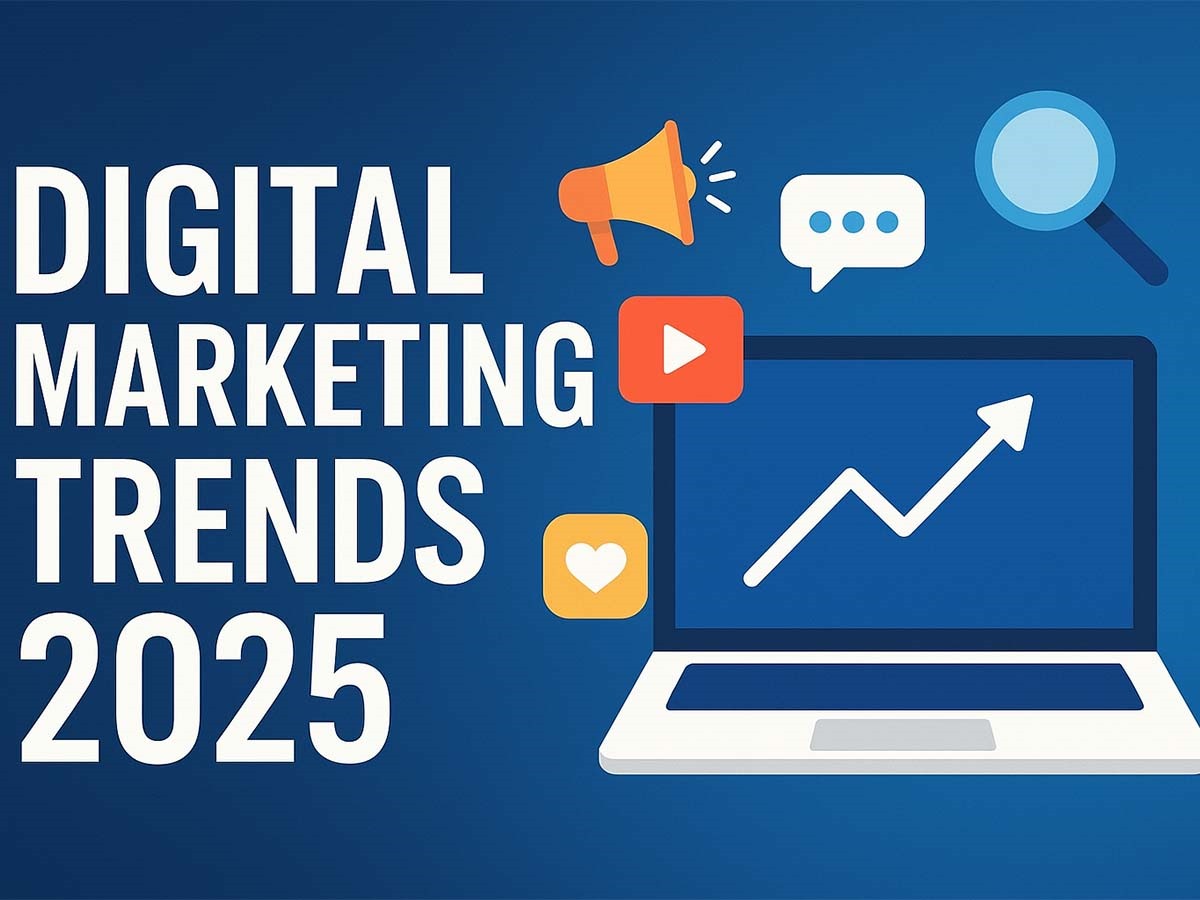
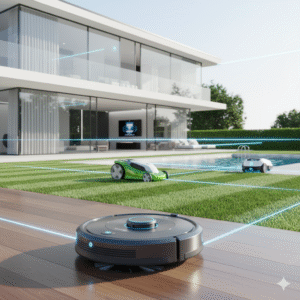
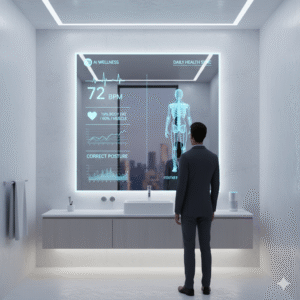
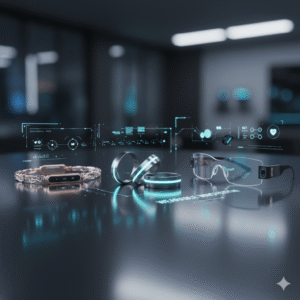
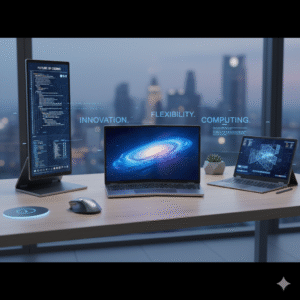
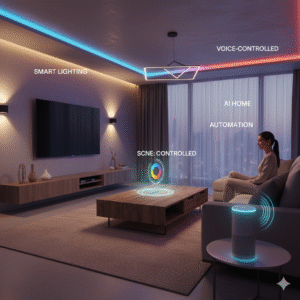
Post Comment